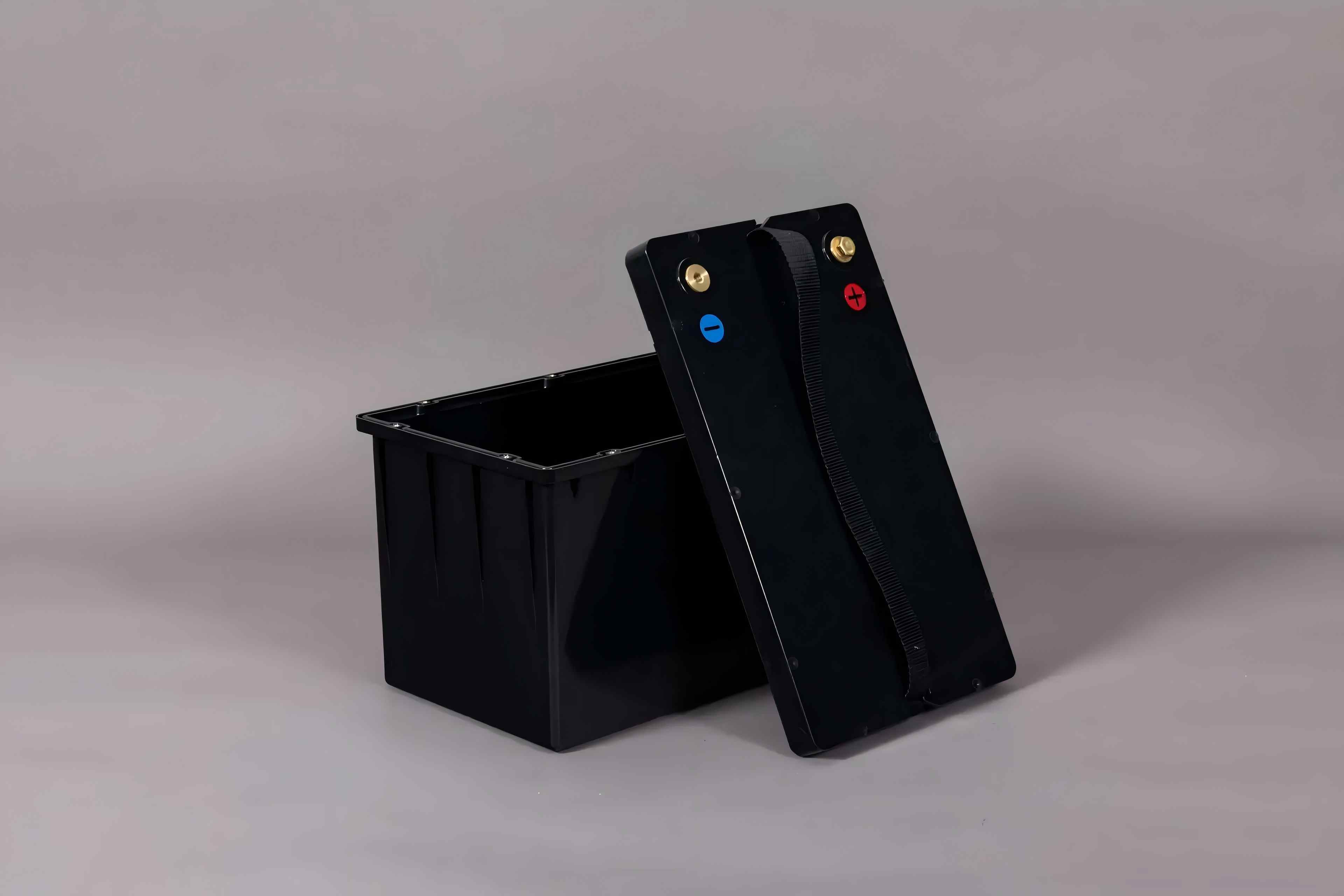
In today’s eco-conscious world, DIY projects that focus on sustainability and efficiency are more popular than ever. Among these, creating your own LiFePO4 (Lithium Iron Phosphate) battery box is a fantastic way to harness the benefits of advanced energy storage technology. Whether you’re looking to power a solar setup, an electric vehicle, or simply need a reliable backup power source, a DIY LiFePO4 battery box can be a cost-effective and rewarding project. This comprehensive guide will walk you through the process of building your own LiFePO4 battery box, optimized for both performance and search engines.
Safety: LiFePO4 batteries are known for their exceptional thermal stability and safety features. Unlike other lithium-ion batteries, they are less prone to overheating and thermal runaway.
Longevity: They offer a long life cycle, often exceeding 2000 charge-discharge cycles, making them a durable choice for energy storage.
Efficiency: These batteries provide high energy density and efficiency, maintaining performance over a wide temperature range.
Customization: Tailor the battery box to fit your specific needs, whether for a solar power system, an electric vehicle, or backup power.
Cost Savings: DIY projects can be more affordable than purchasing pre-made solutions, especially if you already have some of the required tools and materials.
Satisfaction: Completing a DIY project provides a sense of accomplishment and a deeper understanding of your energy storage system.
1. LiFePO4 Batteries: Choose the right capacity and voltage for your application. Common options include 12V, 24V, or 48V configurations.
2. Battery Management System (BMS): A BMS ensures the safe operation of your battery pack by balancing cells and protecting against overcharge, over-discharge, and short circuits.
3. Battery Connectors and Wiring: Use heavy-duty, insulated wiring and connectors suitable for the current and voltage of your battery pack.
4. Enclosure Box: Select a durable and ventilated box to house your batteries and BMS.
1. Screwdrivers and Wrenches: For assembly and securing components.
2. Soldering Iron: For making electrical connections.
3. Multimeter: To check voltage and ensure correct wiring.
4. Heat Shrink Tubing and Electrical Tape: For insulating wires and connections.
5. Drill: To create openings for wires and ventilation.
Start by designing your battery box:
Battery Configuration: Determine how to arrange your batteries (in series, parallel, or a combination) to achieve the desired voltage and capacity.
Cooling: Ensure the box has adequate ventilation to prevent overheating.
Accessibility: Plan for easy access to the BMS and wiring connections.
Drill Holes: Make necessary holes for wiring and ventilation in your enclosure box.
Install Battery Holders: Secure the batteries inside the box using appropriate holders or brackets.
Connect the Batteries: Wire the batteries according to your design, ensuring correct polarity and secure connections.
Secure the Batteries: Use mounting brackets or straps to keep the batteries firmly in place.
Connect to Batteries: Attach the BMS to the battery terminals as per the manufacturer’s instructions.
Mount the BMS: Place the BMS in a suitable location within the box where it is protected and accessible.
Connect Components: Wire the batteries to the BMS and install any necessary fuses or circuit breakers.
Insulate Wires: Use heat shrink tubing and electrical tape to insulate all connections and prevent shorts.
Verify Connections: Use a multimeter to check the voltage and ensure all connections are correct.
Test the System: Power up your battery box and check the functionality of the BMS and battery connections.
Seal the Enclosure: Close and secure the enclosure box to protect the internal components.
Label the Box: Clearly label the box with important information, including voltage, capacity, and safety instructions.
Ventilation: Ensure your battery box has sufficient ventilation to prevent overheating.
Handling: Follow safety guidelines for handling and installing LiFePO4 batteries.
Regular Maintenance: Periodically check your battery box for any signs of wear or issues and perform maintenance as needed.
Building a DIY LiFePO4 battery box can be an incredibly rewarding project, offering a customized, cost-effective, and efficient energy storage solution. By following this guide, you’ll be able to create a reliable battery box tailored to your specific needs while gaining valuable hands-on experience. Embrace the challenge and enjoy the satisfaction of powering your projects with a system you built yourself!
Next:Lithium Iron Phosphate Battery (LiFePO4): The Future of Safe, Efficient Energy Storage
Previous:2300pcs EVE 304Ah LiFePO4 Battery shipped to Toronto, Canada
Contact Person: Miss. Elsa Liu
| WhatsApp : | +8617763274209 |
|---|---|
| Skype : | +8617763274209 |
| WeChat : | 17763274209 |
| Email : | Elsa@lifepo4-battery.com |